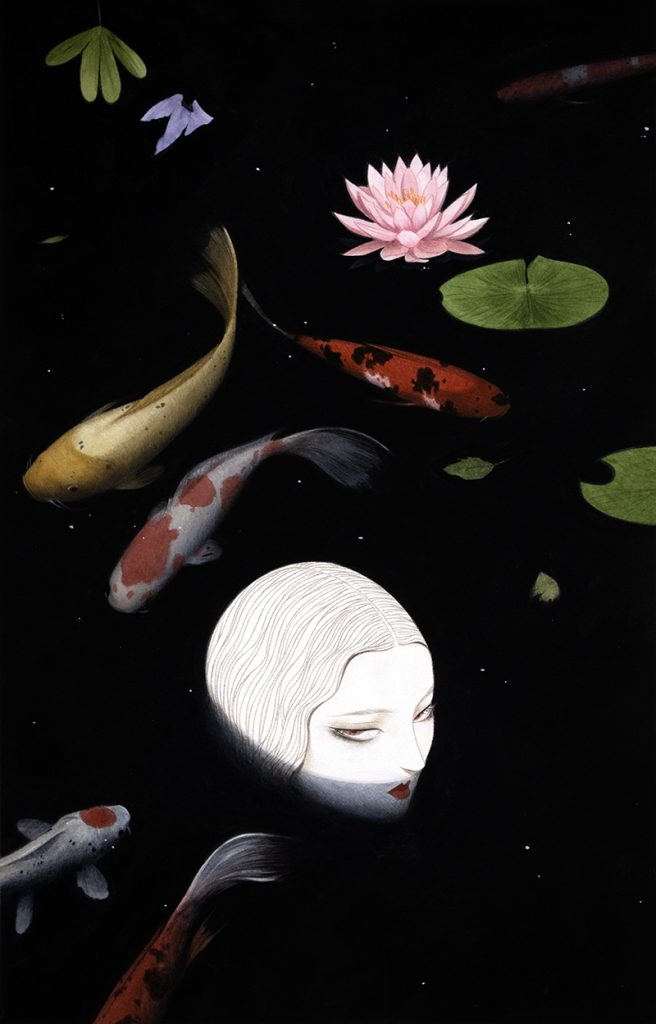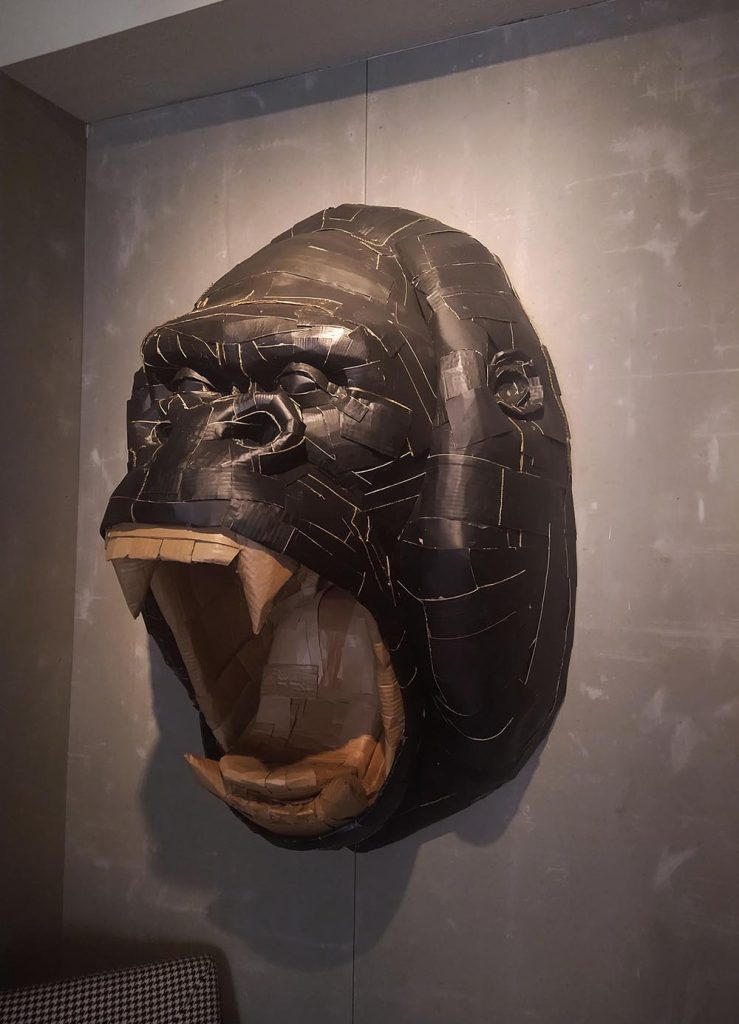
The effects and aftereffects of R.Crumb’s contributions to the worlds of underground arts, comics and American culture is practically unparalleled. As many, if not most, of our readers are already familiar with Crumb’s works and history, Hi-Fructose has decided to take a look at the upcoming R. Crumb retrospective happening this weekend, through the eyes of the show’s curator, and Blab World founder, Monte Beauchamp.
Hear Monte’s perspective on Crumb’s works and how exactly one goes about compiling a comprehensive history of one of new contemporary arts forefathers here on Hi-Fructose.
First off, thanks so much for taking the time to sit down with us Monte, we appreciate it! Can you begin by telling us a bit about yourself?
I’ve been immersed in visual art all my life. At first, merely to humor myself, drawing cornball monster faces and Rat Finks as a child; and then dabbling with painting as a fine arts major in college. Thankfully, I took a few graphic design courses which, upon graduation, enabled me to land a job in advertising in Chicago as an art director. The political dynamics of that industry is what led me to self-publish a zine about the correlation between EC and Underground comics called BLAB!, which has since morphed into a full-color, hardcover art anthology named BLABWORLD, published by Last Gasp. In addition to various BLAB! projects and curating annual BLAB! gallery art shows, I also concept, design, and package books about art and design, curate museum retrospectives such as this one on R. Crumb, and I’m also now dabbling with graphic novels. That’s primarily what I do these days, 24-7.

Do you remember the first time you encountered a Crumb comic? What did it feel like and how did it affect you?
I’ll never forget it. I was at the local bookstore one Sunday and not much had come in comic book wise [back in the day, I dug Creepy, Eerie, Mad, and Marvel comics by Jack Kirby and Steve Ditko], so I meanded into the girlie mag isle to check out the latest Playboy and ran across two tabloid-sized “adults-only” comic anthologies. One was R. Crumb’s Head Comix and the other was R. Crumb’s Fritz the Cat, and just their covers alone provided such a graphic jolt, I just had to have them. Being there was no way the clerk would sell these comics to a minor, I purchased a Sunday paper and went back to the girlie mag isle, slipped them in, and exited the door. So that’s how my introduction to the comics of R. Crumb began. The elation I experienced upon discovering his work was the equivalent of seeing The Beatles on the Ed Sullivan Show for the first time. Lennon & McCartney changed the face of popular music forever, and so too did R. Crumb–but with comics; they were never the same after the arrival of Crumb.
And here it is 40 years later and whenever I read new work by Crumb, I feel that same graphic jolt. Take a look at his Book of Genesis. Sequential art doesn’t get any better than that.

Crumb’s cultural influence and importance has been greatly documented and debated, what’s your take on this? Where do you think we’d be without his work?
The same place culturally had Dylan, Keroauc, or Hugh Hefner not come along. What’s been lost on today’s generation is that back in the mid-sixties, comic books were viewed as a juvenile medium. There were no graphic novels, and comics weren’t intended for adults. They were considered to have no literary value whatsoever. But thanks to Crumb, he changed that perception. Had R. Crumb not come along, comics would be quite different these days. There’d be no graphic novels, no independent comics, no cartoonist by the likes of Chris Ware, Dan Clowes, Matt Groening, and Art Spiegelman. There’d be no Maus, no RAW, no Persepolis, no Simpsons, no Ghost World, no Alan Moore, and so forth. The list goes on, and on, and on.

Retrospectives on Crumb aren’t necessarily common, but we’ve seen a few high profile ones before, the Frye Museum in Seattle, Grand Central Arts Center and the Ludwig Museum in Cologne all come to mind. Can you tell us about the curatorial vision of “Lines Drawn on Paper” and how it varies from other Crumb collections?
The curatorial vision for “Lines Drawn on Paper” is “R. Crumb as sequential artist” as opposed to “R. Crumb as blue-chip investment,” hence the venue: The Society of Illustrators, of which sequential art is part of their oeuvre. Some of their past “Hall of Fame” inductees include MAD comics artist Jack Davis; Sunday comic strip greats such as Winsor McCay and Hal Foster; political cartoonist Thomas Nast; and gag guys such as Rube Goldberg and Bill Mauldin.

For the show you’ve worked with some heavy private collections, can you tell us about these collections and collectors?
Eric Sack began collecting original Crumb art in 1980, having purchased his first example at a NYC Comic Con. Eric got in on collecting long before the market for Crumb originals exploded. The three, life-sized, hand-painted wooden cut-outs of Crumb characters were loaned to us by John Lautemann who has had them for quite some time now. Paul Morris I met years ago at a Chicago Art expo. Upon seeing the original album art to R. Crumb’s Maxwell Street Alley Blues for sale at his booth, I stopped and introduced myself, informing I once helped broker that particular piece.
Finally, anything else we should know about the show? I heard the Robert will be performing, any other surprises?
Aline will be there, also. It’s a two-floor exhibit, with a third-floor bar–above which hangs a fabulous original Norman Rockwell painting, so along with all the great R. Crumb’s on exhibit, you’ll get to see superb examples of illustration that adorn the Society’s walls. Saturday night, Robert and the East River Band, along with various musical guests, will be playing. Unfortunately tickets to this incredible event virtually flew out the door.





